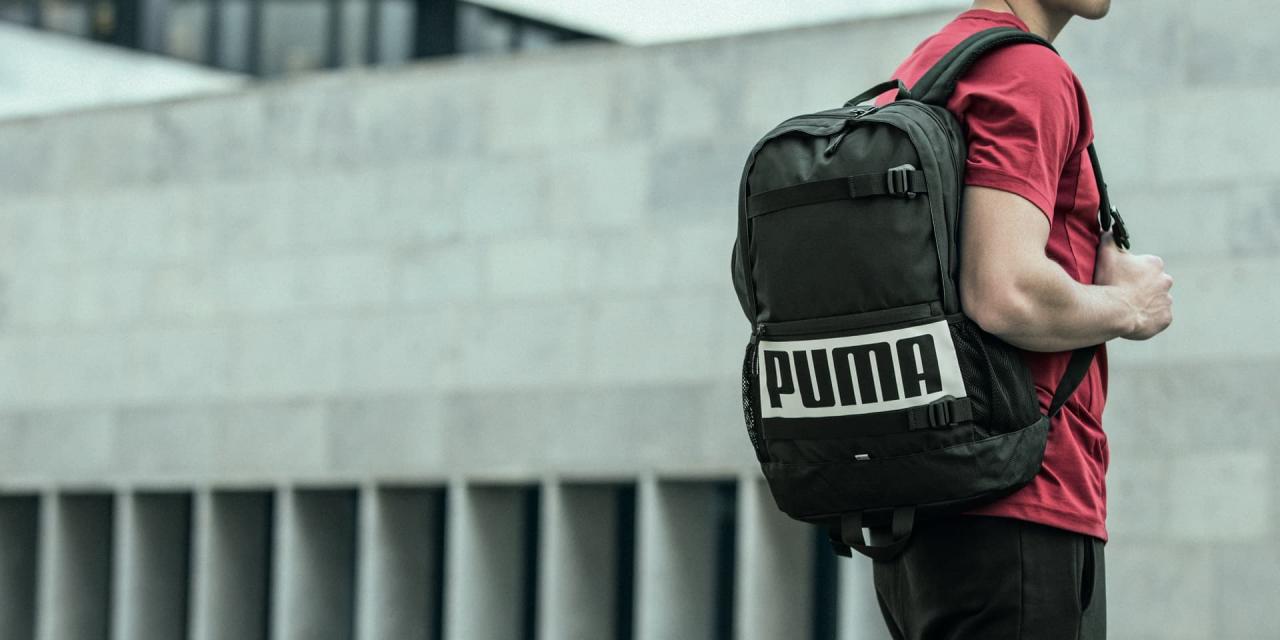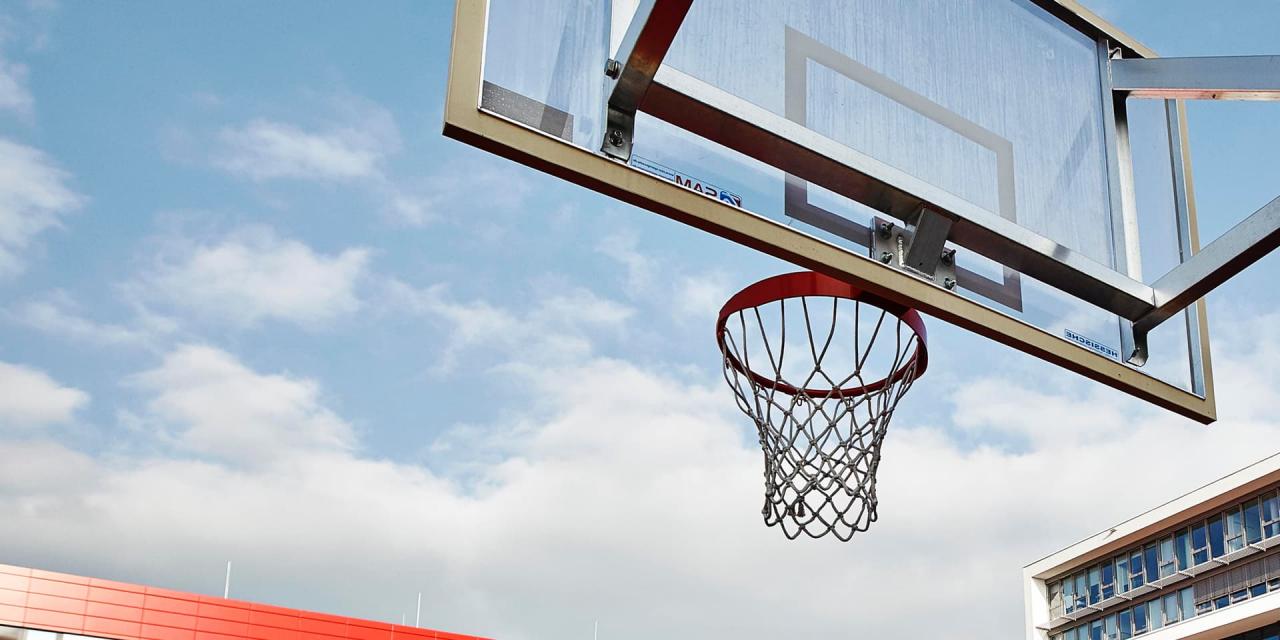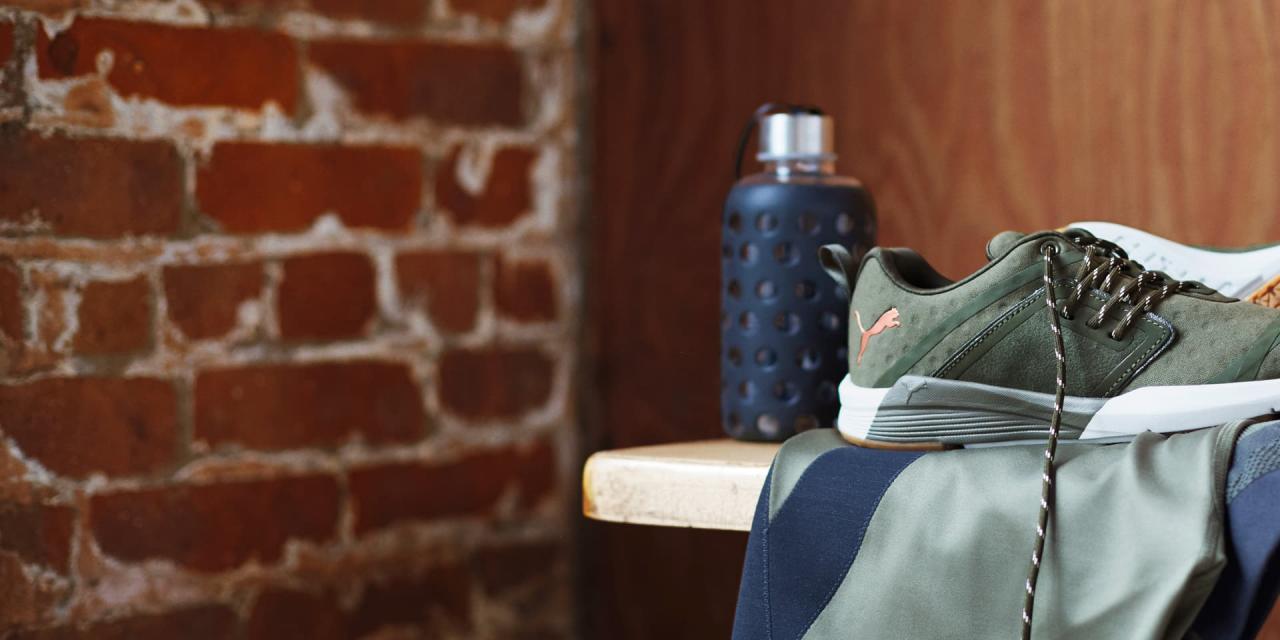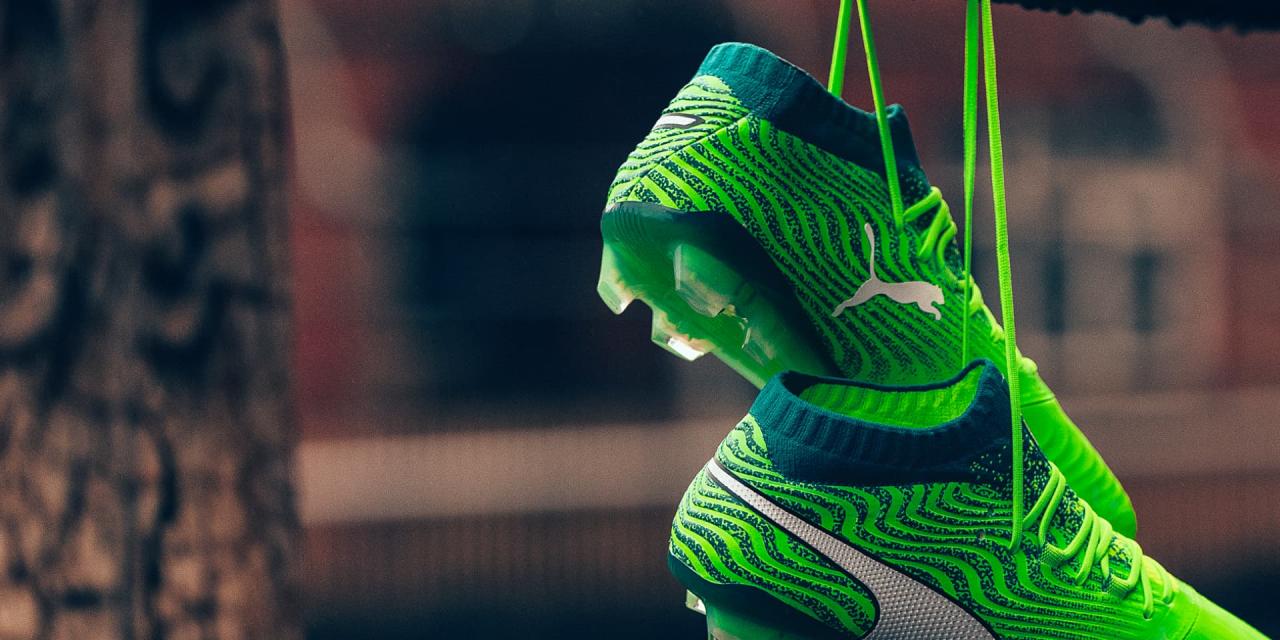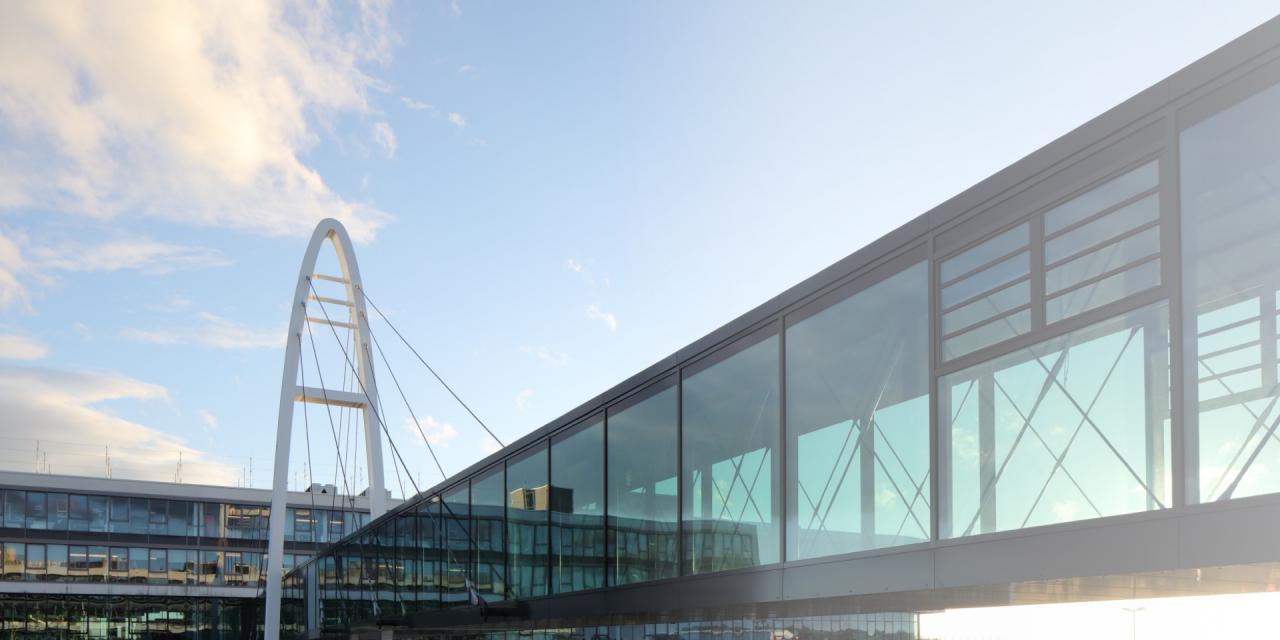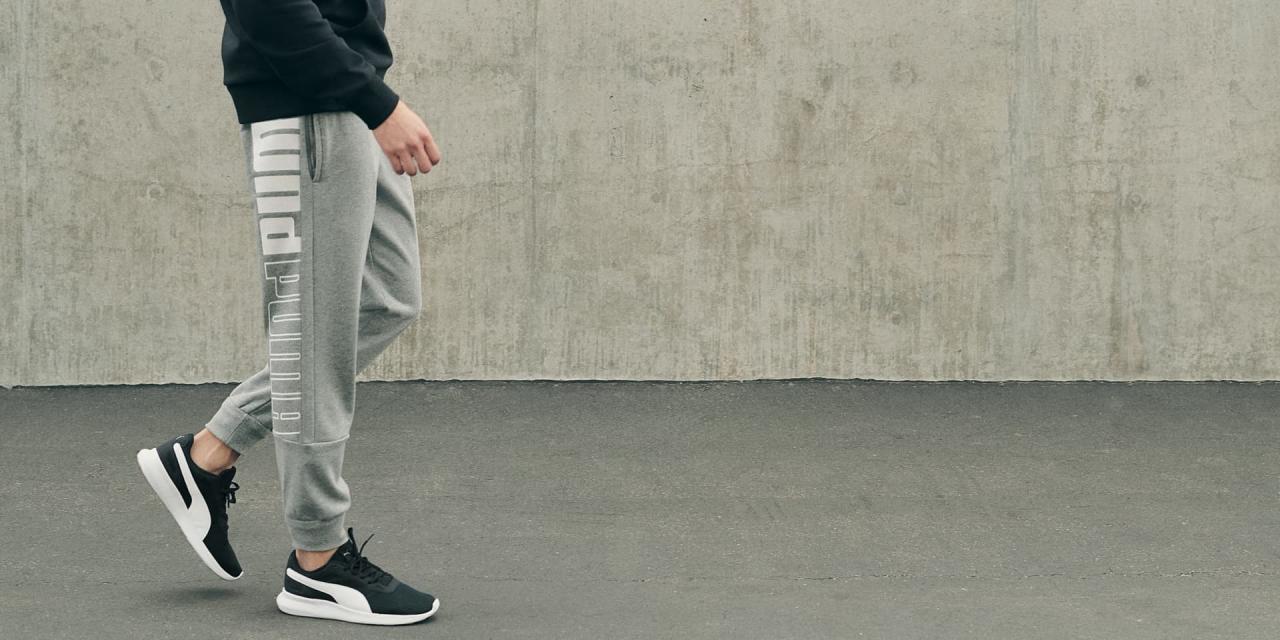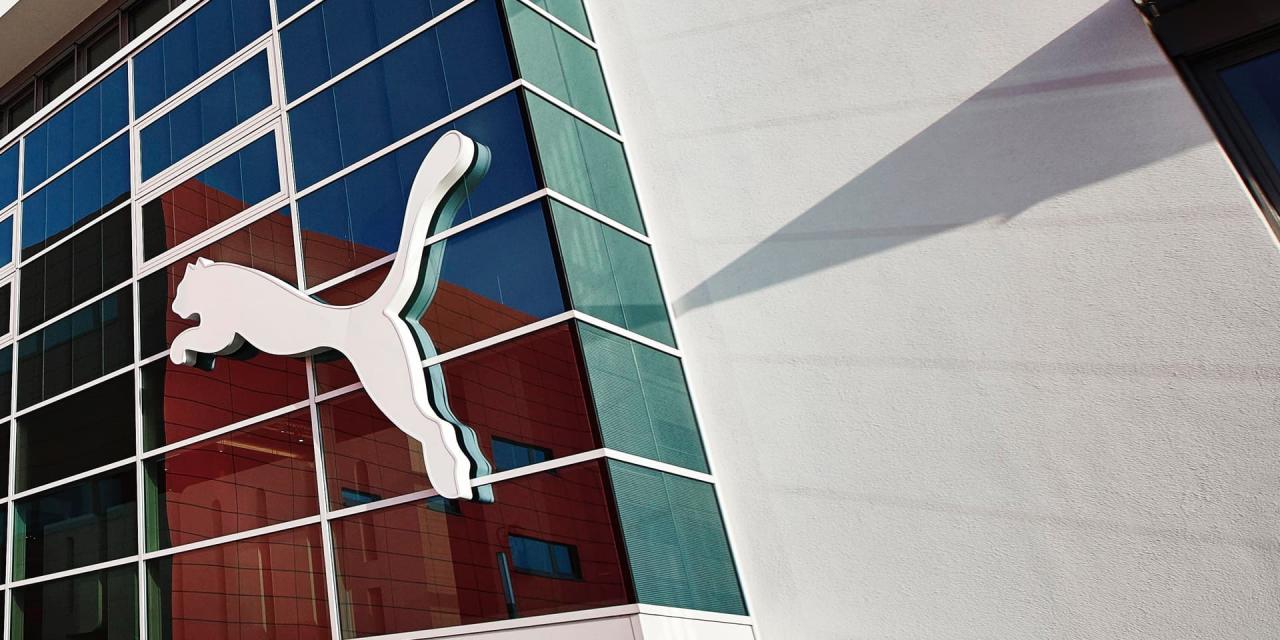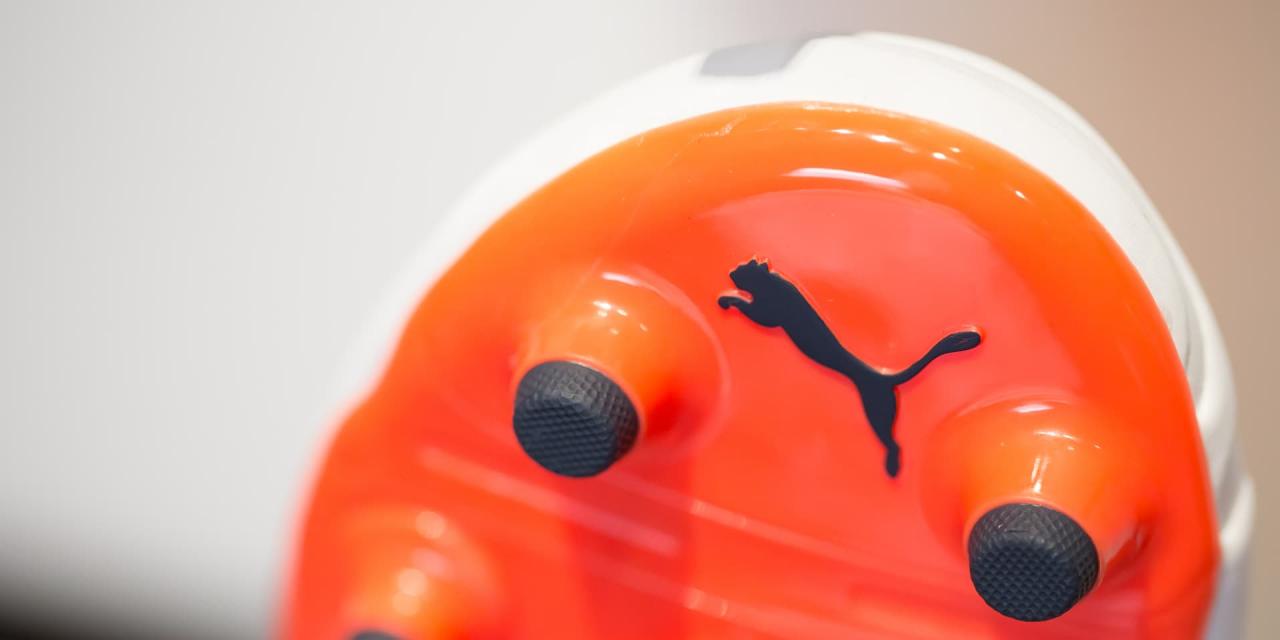Highlights Q2
- Consolidated sales increase more than 11% currency-adjusted
- Gross profit margin remains above 52%
- EBIT up 2% to € 62 million
- EPS at € 2.98 versus € 2.82
Highlights First Half-Year
- Global brand sales at € 1.4 billion
- Consolidated sales up almost 9% currency-adjusted
- Gross profit margin at 53%
- EBIT at € 188 million
- EPS at € 8.74 compared to € 8.84
Outlook 2008
- Orders up almost 9% currency neutral to € 1,072 million
- Management confirms a single-digit sales increase on a currency neutral basis
Jochen Zeitz, CEO: ”PUMA’s performance in the second quarter improved at a steady pace, ahead of the Q1 progression. Thanks to our scheduled brand investments, consolidated sales were up 11% in the quarter, driven by a solid growth in all regions and categories. I remain confident in PUMA’s ability to achieve another year of top-line growth despite an ongoing difficult global consumer environment.”
Sales and Earnings Development
Global brand sales at € 1.4 billion in first half
PUMA’s brand sales, which include consolidated sales and license sales, reached € 628.9 million during Q2, a currency-adjusted increase of 5.4% or 1.1% in Euro terms.
During the first six months, brand sales rose 2.7% currency-adjusted, reaching € 1,370.0 million versus € 1,384.0 million last year. Footwear sales slightly declined 1.3% to € 735.7 million. Apparel improved by 1.5% to € 472.9 million and Accessories grew strongly by 32.2% to € 161.5 million.
Licensed business
Due to the take-back of the former license market Korea, the licensed business decreased in Q2 by 33.2% currency-adjusted to € 52.1 million and by 34.6% to € 119.9 million after six months.
Based on the licensed sales, the company realized a royalty and commission income of € 6.4 million in Q2 versus € 8.8 million in the prior year’s quarter and € 13.4 million versus € 18.5 million year-to-date.
Consolidated sales up almost 9% after six months
In the second quarter, consolidated sales grew 11.2% currency-adjusted, or 6.3% in Euro terms to € 576.8 million. This shows an improvement as compared to Q1 this year, despite a tough comp basis due to last year’s early shipments. On a currency neutral basis, Footwear was up 7.0% to € 325.1 million, Apparel improved by 14.6% to € 206.3 million and Accessories by a strong 30.3% to € 45.4 million.
Sales in the first six months were up 8.7% currency-adjusted to € 1,250.1 million. In segments, Footwear increased 2.8% to € 719.4 million, Apparel 16.6% to € 438.1 million and Accessories 22.9% to € 92.7 million.
Gross profit margin at 53% in H1
The gross profit margin further improved by 30 basis points to 52.5% in Q2. After six months, gross profit margin was up to 53.0%, an increase of 80 basis points. In the first half, Footwear margin was up from 52.1% to 53.4% and the Apparel margins increased from 52.1% to 52.5%. Accessories reported a margin of 52.1% versus 53.8% last year.
SG&A
Total SG&A expenses increased in Q2 by 5.7% to € 233.1 million and by 7.7% to € 460.9 million during the first half. As a percentage of sales, the cost ratio decreased from 40.6% to 40.4% in Q2 and increased from 35.7% to 36.9% in H1. The increase in cost ratio is due to continuous investments into the brand according to budget.
For the first half, marketing/retail expenses were up by 19.5% to € 247.9 million as planned. Product development and design expenses were down by 13.4% to € 24.8 million or to 2.0% of sales. Other selling, general and administrative expenses were down 1.9% to € 188.3 million or from 16.0% to 15.1% of sales.
EBIT at € 188 million in H1
In Q2, EBIT was up by 2.1% to € 62.3 million, showing a clear improvement versus the first quarter. After six months, EBIT reached € 188.1 million compared to € 195.9 million last year. The EBIT margin was 10.8% versus 11.2% and 15.0% versus 16.3% respectively. The tax ratio was calculated at 28.5% versus 28.7% during the six month period.
Net earnings/Earnings per share
Net earnings increased by 0.9% to € 45.6 million in Q2. In the first half net earnings were down by 4.3% to € 135.7 million. The net return amounts to 7.9% versus 8.3% and 10.9% versus 11.8% respectively.
Earnings per share in Q2 were up 5.7% from € 2.82 to € 2.98. Year-to-date earnings per share were € 8.74 compared to € 8.84. Diluted earnings per share were calculated at € 2.98 compared with € 2.81 and € 8.74 versus € 8.82 respectively.
Net Assets and Financial Position
Equity ratio at 61%
As of June 30, 2008, total assets decreased by 2.7% to € 1,780.8 million and the equity ratio reached strong 60.7% after 60.3% in the previous year.
Working capital
Inventories grew 7.8% to € 419.5 million and receivables were up 4.4%, reaching € 473.6 million. Total working capital at the end of June totaled € 552.1 million versus € 516.4 million last year, an increase of 6.9%.
Capex/Cashflow For Capex, the company spent € 50.6 million versus € 30.8 million last year. The higher investments are mainly related to payment on accounts. In addition, € 19.7 million were financed for acquisitions compared to € 4.9 million.
Free Cashflow excluding acquisitions amounted to € -23.6 million versus € 69.4 million last year.
Cash position Total cash end of June stood at € 288.2 million versus € 443.1 million last year. Bank debts were up from € 59.8 million to € 65.6 million. As a result, the net cash position decreased from € 383.3 million to € 222.6 million year-over-year mainly due to the investments in share buy-backs.
Own Shares
PUMA purchased another 125,000 of its own shares during Q2. As of June, 700,000 shares were held as treasury stock in the balance sheet, accounting for 4.4% of total share capital, a total investment of € 171.4 million.
Regional Development
Sales in the EMEA region reached € 299.6 million in Q2, a currency-adjusted increase of 7.6%. Year-to-date, sales increased by 8.8% to € 690.7 million. The region now represents 55.3% of consolidated sales. Gross profit margin increased 60 basis points to 54.5%. Orders on hand were up 3.5% to € 576.2 million.
Q2 sales in the Americas were up 13.9% currency-adjusted reaching € 146.7 million. First half sales increased currency-adjusted 3.2% and were € 295.5 million. The region now accounts for 23.6% of consolidated sales. The gross profit margin was at 48.9% compared to 49.6% last year. The order volume was up by 14.7% to € 246.2 million. Sales in the US-market were down only 0.9% in Q2 and 8.2% after six months. Sales development improved versus Q1 2008 and outperformed the trend in the order books. Orders for the US end of June improved versus end of March, being now at $ 179.8 million or 14.8% below last year.
In Q2, the Asia/Pacific region increased sales currency-adjusted by 17.0% to € 130.5 million and 15.1% after six months reaching € 263.9 million. The total region accounts for 21.1% of sales. The gross profit margin was strongly up by 240 basis points and reached 53.6%. Orders on hand end of June were up 15.8% and totaled € 249.1 million.
Outlook 2008
Orders up almost 9% currency-adjusted
Total orders on hand as of June increased 8.6% currency-adjusted and totaled € 1,071.5 million, representing a growth of 3.9% in reporting terms.
In terms of product segments, Footwear orders were up by 9.3% to € 638.4 million. Apparel orders increased 7.0% to € 372.1 million and Accessories 11.5% to € 61.0 million.
Management confirms a single-digit sales increase on a currency neutral basis
Management reaffirms a currency-adjusted single-digit sales growth for the fiscal year 2008 despite a continued difficult consumer environment.
PUMA will continue with its marketing investments as planned in order to explore the long-term growth potential. The brand investments could affect 2008’s EBIT margin. In a currently volatile market environment it remains difficult to outline the final impact on profitability.
